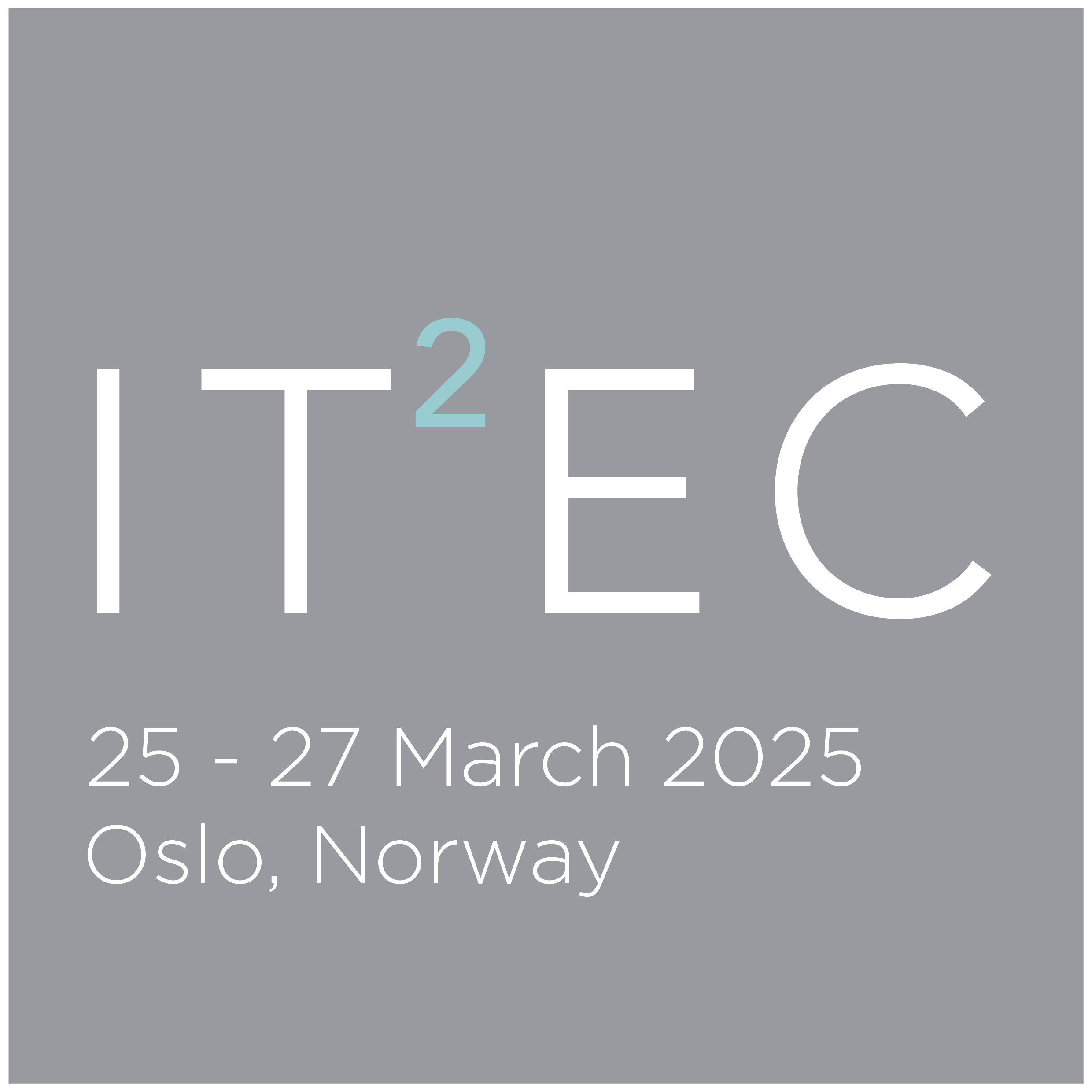DisTec Challenge finalist: Orchestrated AI microservices to enable next-generation AI tutors: The THIA platform for creating AI co-pilots
A vision for next generation AI is training and mentoring warfighters in every course of instruction with tutors that know and adapt material to all learners throughout their careers. This vision has remained an elusive goal for numerous reasons, including:
- Tutoring is a highly interactive process characterized by complex, mixed-initiative dialogues;
- Content must be artfully managed, indexed, and presented;
- Content and learning objectives must be readily updatable without re-engineering the instructional system;
- Personalized learning requires aligning the learner's proficiencies with the military service's objectives.
Eduworks is enabling the next generation of personalized AI tutors with THIA, the first of its kind AI microservice architecture, designed for the creation, management, and maintenance of AI copilots.
Our focus for this DisTec Challenge is bringing to AI tutors the full power of Generative AI with a fully agnostic platform that works across Large Language Models (LLMs) and can interface with data across modalities and sources (e.g. text, simulator event streams, audio, images, etc). We will demonstrate how our platform accelerates the impact of foundational models with orchestrated AI microservices that meet the complexities of interpreting learner needs and translate learner objectives into machine actions linked to live data sources. THIA's AI microservices can be focused on a single task, so they are able to learn quickly with significantly less training and cost than large general models to achieve superior performance for specific applications. Training developers can also readily create new microservices, allowing content and pedagogical expertise to be explicitly included in THIA copilots.
Three layers of AI microservices coordinate to perform a task: expansion, control, and coordination. Expansion analyzes learning objectives as well as any additional data sources provided along with the context window. For example, a THIA AI instructor for Intelligence, Surveillance, and Reconnaissance (ISR) training might import a learning objective to “Understand how NATO employs ISR”, a goal that is too broad and too vague. The expansion layer can organize the training dialogue by decomposing this request into a set of specific learning objectives and metrics and pass these to the control layer, which manages the collection of data and responses for the learning objectives passed from the expansion layer. The Collaboration Layer Integrates with, retrieves, and interprets data from external data sources.
To maintain and compartmentalize learning content, THIA incorporates Activation Fingerprints, a novel way to use transformer models that separates the fine tuning from the model itself, allowing, for example, an ISR tutor to leverage a single foundational ISR model supported by numerous small fingerprints, each representing a specialty (e.g., intelligence, surveillance, reconnaissance). These fingerprints can be combined, allowing for an AI instructor to personalize training by selecting the most relevant context, features, and learner attribute combinations at runtime.
THIA supports training personalization by creating individual sidenets for learners - long term memory images that store the model weights that are updated when fine tuning with a learner's history. AI tutors can thus adapt training to specific learners.


